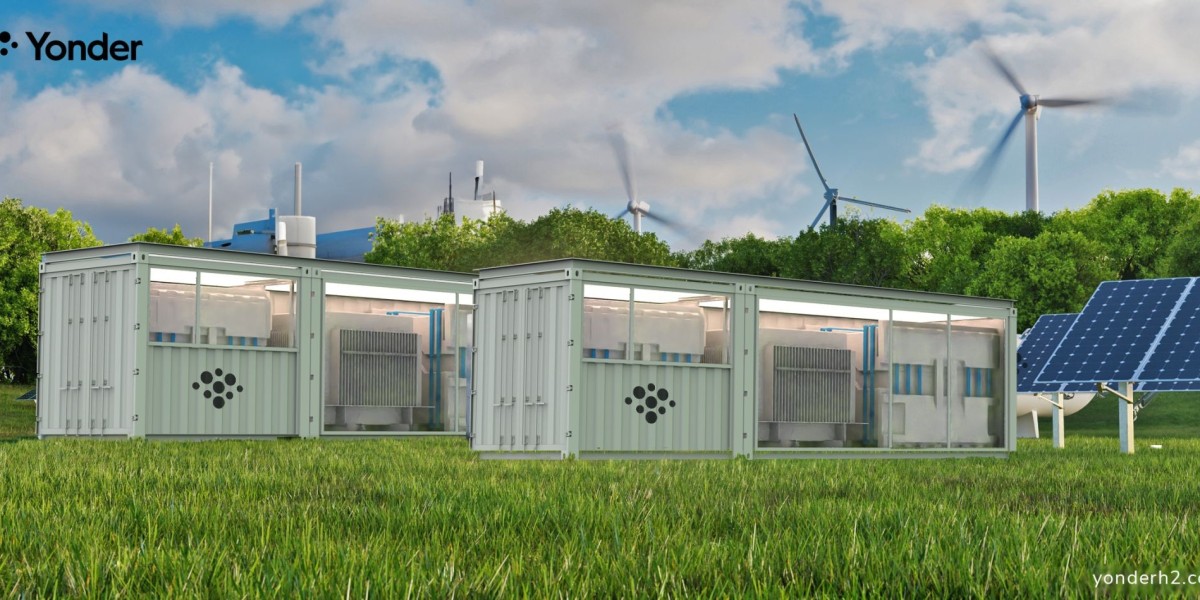Hydrogen, hailed as a key to a sustainable energy future, is produced through various methods that are evolving rapidly. Here’s a look at some of the more unique and lesser-known hydrogen production technologies that could redefine the landscape of clean energy.
1. Photoelectrochemical (PEC) Cells: The Solar-Hydrogen Nexus
While traditional photoelectrochemical (PEC) water splitting has been explored, recent innovations are pushing the boundaries of this technology. New materials and advanced semiconductor designs are improving PEC cells' efficiency and stability. Researchers are experimenting with novel photocatalysts and tandem cell architectures to enhance sunlight absorption and hydrogen production rates.
2. High-Temperature Gas-Cooled Reactors (HTGRs): Nuclear Hydrogen
High-Temperature Gas-Cooled Reactors (HTGRs) are a promising frontier in hydrogen production. By leveraging the high temperatures generated by nuclear reactors, these systems can drive thermochemical reactions to produce hydrogen. HTGRs offer a way to generate hydrogen with low carbon emissions, and their integration with existing nuclear infrastructure could provide a substantial hydrogen supply.
3. Hydrogen from Algae: Harnessing Nature’s Power
Microalgae and cyanobacteria are emerging as innovative sources for hydrogen production. Through a process called biophotolysis, these microorganisms produce hydrogen by splitting water using sunlight. Researchers are developing methods to optimize algal strains and enhance their hydrogen yield, potentially creating a renewable and scalable source of clean hydrogen.
4. Plasma Gasification: Turning Waste into Hydrogen
Plasma gasification is a cutting-edge technology that uses high-energy plasma arcs to convert organic waste and hydrocarbons into hydrogen-rich syngas. This process not only produces hydrogen but also manages waste materials effectively. Recent advancements in plasma torch technology are making this method more efficient and economically viable for large-scale applications.
5. Electrochemical Hydrogen Production from Sea Water
Producing hydrogen directly from seawater is an exciting development that circumvents the need for freshwater resources. Recent innovations in electrochemical cells and catalysts are improving the efficiency and cost-effectiveness of extracting hydrogen from seawater. This approach could potentially provide a vast and sustainable source of hydrogen, especially in coastal regions.
6. Biomimetic Hydrogen Production: Nature-Inspired Solutions
Inspired by natural processes, biomimetic hydrogen production technologies aim to replicate the way certain organisms generate hydrogen. Researchers are developing biohybrid systems that combine biological components with synthetic materials to create efficient hydrogen production mechanisms. This interdisciplinary approach could lead to breakthroughs in both efficiency and sustainability.
7. Thermochemical Cycles Using Solar Heat
Thermochemical cycles, such as the Sulfur-Iodine (SI) cycle, are advanced methods that use concentrated solar heat to drive chemical reactions for hydrogen production. These cycles involve complex chemical reactions and have the potential to produce hydrogen at high efficiencies. Ongoing research aims to optimize these cycles for practical use, making solar thermal hydrogen production a more viable option.
Conclusion
The landscape of hydrogen production is broadening with these innovative technologies, each offering unique advantages and addressing specific challenges. From harnessing solar energy through advanced PEC cells to exploring the potential of algae and plasma gasification, these emerging methods could play pivotal roles in creating a sustainable hydrogen economy. As research progresses, the integration of these technologies could drive significant advancements in clean energy production and contribute to a greener future.



